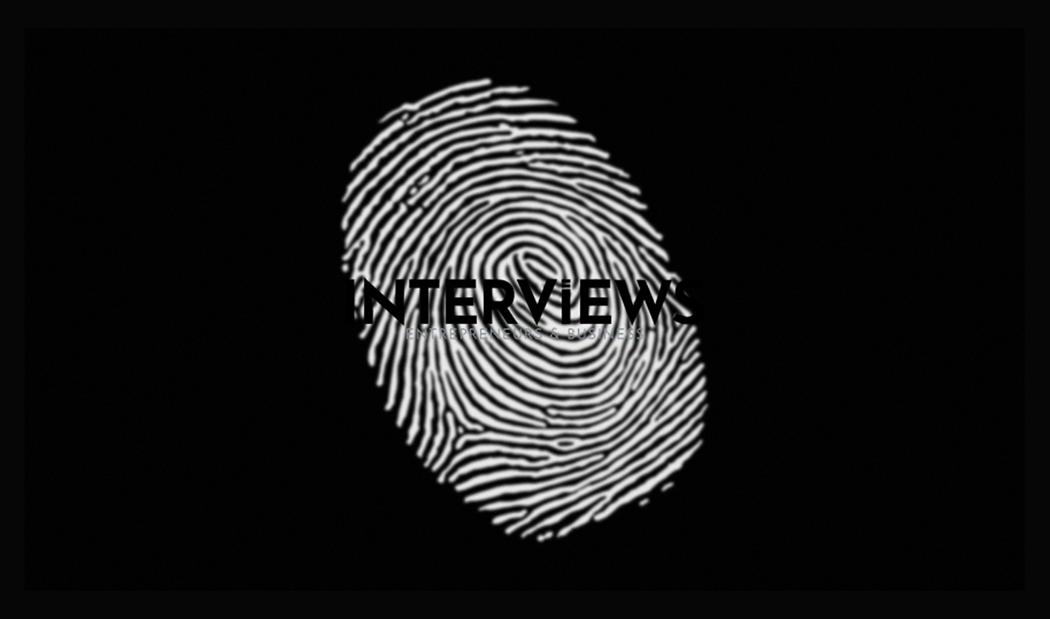Is a Fingerprinting Business Actually Profitable? Let’s Scan the Facts.
Want to know about fingerprinting businesses? Is it a short-term trend? You’re in the right place. Let’s explore the facts about profitability and processes. No ink stains here.
Cash in Hand: Revenue Streams in Fingerprinting
Revenue drives business success! Fingerprinting income mainly comes from service fees. You can charge between $10 to $50 (or more) per person. This depends on location and services.
Mobile fingerprinting is more interesting, allowing higher fees for convenience. Picture earning $35 to $50 for 10-minute appointments. It’s quick and easy!
Profitability Puzzle: What Makes or Breaks the Bank?
Profitability varies widely. Factors like location, competition, and service range play crucial roles in profit. Prime locations with less competition and a wider service offering improve your profits.
Show Me the Money: Income Snapshot
Curious about income examples? Here are some figures to consider:
- Average Annual Income: About $45,161, which breaks down to roughly $3,763 each month.
- Mobile Fingerprinting on Average: You can earn $35-$50 per appointment of 10 minutes. This can yield a solid hourly rate.
- Higher End Annual Income Example: Up to $74,937 per year, or around $6,244 per month.
- Another Average Figure: Approximately $50,388 annually.
These numbers are examples. Actual income will depend on your dedication and market elements.
Costume Party: Expenses to Consider
Starting a fingerprinting business comes with costs. Here are some potential expenses:
- Electronic Fingerprinting Fees: Expect costs between $20 and $50 per transaction based on your provider.
- The DOJ’s Cut (California Example): For background checks, around $32 goes to the Department of Justice.
- PrintScan’s In-Location Service: Walk-in services may cost around $45, including a print card.
- Rolling Fees: The “rolling fee” typically costs $27.50 in some locations.
- Biometric System Investment: Fancy tech can set you back from $200 to $1,500 per door, including hardware and installation.
Growth Spurt: Potential for Expansion
Great news! Fingerprinting isn’t going away. People need fingerprints for jobs and background checks. This ensures steady demand. As long as you market your services, there’s solid potential for earnings.
Ink vs. Pixels: Live Scan Unveiled
Let’s discuss the process. Forget messy ink! Live Scan uses modern technology for fingerprinting. Scanners capture prints and send them electronically to agencies like the DOJ or FBI. It’s the 21st-century approach.
Traditional fingerprinting is the old ink-on-paper method. Live Scan is quicker, cleaner, and preferred for official reasons.
Validity Check: How Long Do Live Scan Results Last?
Live Scan results have a shelf life. They are typically valid for one year from the scan date. Think of it like dairy products, it has an expiration.
Each job or purpose requires a fresh scan. Live Scan fingerprints can’t be reused. Results are sent only to the requesting agency.
License to Print: Certifications and Credentials
A general “fingerprinting license” isn’t usually required, but some employers look for proof of skill. Certifications in fingerprint courses can be beneficial.
Want to enhance your employability? Aim for an International Association for Identification (IAI) certification. It’s a valuable credential in the field.
Dreaming of a government job as a fingerprint analyst? A security clearance might be necessary. Time to gather your skills!
Why Fingerprints? The Purpose Behind the Prints
Why so much focus on fingerprints? The answer is simple: identification. Those unique patterns act like personal barcodes.
Industries such as finance and healthcare require fingerprinting for employment. This process helps filter out those with checkered pasts. Background checks through fingerprints ensure workplace safety.
Agency Action: FBI and DOJ in the Mix
When an FBI-level background check happens, your fingerprints are sent to the federal level. They look through their national criminal history database. Think of it as a supercharged fingerprint search.
That California DOJ fee? It covers processing for state-level checks. Different agencies have different fees – it’s part of the process.
Accuracy Assurance: How Reliable Are Fingerprints?
Overall, fingerprints are quite reliable. Scans achieve accuracy rates of at least 98%. When conditions are ideal, accuracy can reach 99.91%. That’s impressive!
Print Imperfections: When Fingerprints Get Fuzzy
Not every fingerprint is perfect. Skin condition affects results. Dry, oily, or dirty fingers can produce unclear scans. Treat your fingers well!
Some individuals have less defined prints due to genetics or age. This can complicate the scanner’s job.
Rejection Rumble: Why Fingerprints Get the Boot
Fingerprint submissions are not always accepted on the first try. Here’s why prints might get rejected:
- Blurry Prints: If prints are unclear, rejection can happen. Quality matters as they say.
- Data Entry Errors: Typos during data input can also cause rejection. Be careful with those forms!
Fingerprint Foes: What Wrecks Print Quality?
Daily life can impact your fingerprints. Here are common issues:
- Over-Washing/Sanitizing: Frequent washing may harm fingerprint quality. It dries out your skin.
- Harsh Chemicals: Cleaning products can damage skin over time. Using gloves helps!
- Climate Chaos: Winter dryness is tough on fingerprints. Keep skin moisturized during cold months!
Legality Lasso: Fingerprints and the Law
The legal aspects of fingerprints can be complex. Here are some critical points:
- Pre-Conviction Fingerprinting? Okay! The Fourth Amendment allows certain fingerprinting before conviction without considering it “unreasonable.”
- Warrants and Probable Cause: Typically, a warrant is required for fingerprinting without probable cause. Laws aren’t always straightforward.
- Refusal Ramifications: Not giving fingerprints when approached by law enforcement could lead to them taking prints anyway. Cooperation often helps.
Analysis Timeline: How Long Does it Take?
Fingerprint analysis takes time. The process ranges from two weeks to several months. Case factors influence the timeline. Patience is essential.
Cost Breakdown: Peeling Back the Price Layers
Let’s examine costs in detail.
General Fingerprinting Costs:
- Provider Fees: The usual range is $20 to $50 for electronic fingerprinting services.
- PrintScan’s Walk-in Rate: Stays at $45, inclusive of a print card.
Rolling Fee Specifics:
- Rolling Fee: Typically around $27.50 for a base service fee.
Agency Fees Unpacked:
- DOJ Fee (California): Remains approximately $32 for state background checks.
- FBI Fee (If Necessary): An FBI fee applies if federal background checks are needed. This cost varies.
Fingerprint Flaws: Challenges and Limitations
Fingerprints are not perfect. They have limitations as well.
Subjectivity & Bias:
- Fingerprint analysis isn’t completely objective. Bias may influence analysis results.
- . Human interpretation can vary results.
Print Quality Problems:
- Crime scenes lack controlled conditions. Expect incomplete or low-quality prints. Matching partial prints is difficult. Environmental factors can worsen print quality.
Other Limitations:
- Damage Dilemma: Cuts, dirt, or grease can hinder fingerprint ID. Sensors are not perfect.
- Sensor Sensitivity: Fingerprint sensors can be overly sensitive. Effective on clean fingers. Less effective in industries like mining or construction where hands get dirty.
- Environmental Effects (Again): Dirt, grease, and moisture often damage fingerprints.
- Time Travel Troubles: Fingerprints change with aging, injuries, or diseases. Matching new prints to old is often complex.
Fingerprint Trivia: Miscellaneous Facts
Here are some interesting facts.
Fingerprint Flavors: Types Explained
- Patent (Visible): Prints in blood, grease, or paint. Easily seen.
- Plastic (3D): Prints in soft materials like clay. They have depth.
- Latent (Invisible): These must be developed to be visible. Think dusting.
Finger Focus: Which Fingers Work Best?
- For enrollment, index or middle fingers work best. Avoid thumbs and smaller fingers for scanning.
Latent Lifespan: How Long Do Prints Last?
- Latent fingerprints remain a mystery. No way to measure their lifespan. It’s a guessing game.
Scanner Showdown: Ultrasonic Tech
- Ultrasonic fingerprint scanners excel in security and accuracy. They outperform others.
Employer Etiquette: Who Pays the Fingerprinting Bill?
- Employers often cover fingerprinting costs when hiring. Reputable companies usually do not charge for this process.
FBI Channeler Club: PrintScan’s Status
- PrintScan is among few FBI-approved channelers in the US – just 23 exist! A mark of distinction in fingerprinting.
Record Retention Rules: Seven-Year Limit
- Employers cannot use convictions older than seven years for background checks. These older records are mostly off-limits.
Scanner Secrets: Costly Tech
Why are scanners so expensive?
Scanner Spending: Why They Cost a Pretty Penny
- Specialized Scanners = Big Bucks: CT scanners and high-resolution film scanners are costly equipment.
- Tech, Materials, and R&D: Costs come from advanced technology, specialized parts, and top-quality materials. It’s not your average office equipment!
This is a look into fingerprinting. From business prospects to technology details. This should offer you insights into those unique fingerprints.





